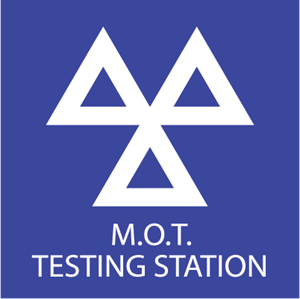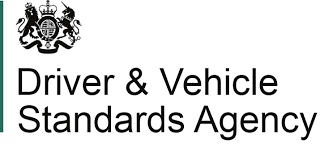
How to Prevent Your Vehicle from Failing Its MOT Test
More than one in five vehicle MOT tests in Britain resulted in failure last year, according to a report by The RAC Foundation. Out of 43.7 million tests conducted in 2023, some 9.9 million were unsuccessful. This high failure rate is often due to simple, preventable issues that vehicle owners might overlook.
Soul Garages, a steadfast part of the Olney community for over a century, is here to guide you through the most common reasons vehicles fail their MOT tests. By understanding these pitfalls, you can save time and money while ensuring your vehicle remains roadworthy and safe.
Here’s a list of the top 10 reasons why vehicles have failed their MOT and what you can do to prevent it:
Common Reasons for MOT Failures
- Lights and Signalling – Many failures are due to issues with headlights, taillights, brake lights, indicators, and number plate lights. These lights may be too dim, misaligned, or non-functional, often due to damaged or cracked units. Ensure all your lights are working correctly and replace any faulty bulbs or damaged units.
- Suspension Issues – Worn-out shock absorbers, springs, or other suspension components can lead to an MOT failure. These problems can affect vehicle stability and ride comfort, so it’s crucial to inspect and replace any worn components.
- Brakes – The braking system is vital for safety, and failures often result from worn brake pads, discs, or issues such as hydraulic leaks. Make sure your brakes are functioning correctly and replace any worn parts before your test.
- Tyres – Tyres must have a minimum tread depth of 1.6mm and be free from damage like bulges or cuts. Incorrect tire pressure can also cause a failure. Regularly check your tyre condition and pressure to avoid these issues.
- Driver’s View of the Road – A clear view of the road is essential. Check for cracks or damage on the windscreen and ensure your wipers and washer fluid jets are functioning to prevent impaired vision.
- Exhaust and Emissions – Excessive emissions, especially from diesel vehicles, can cause a failure due to high levels of carbon monoxide and nitrogen oxide. Inspect your catalytic converter and exhaust system for leaks and ensure they are functioning correctly.
- Steering – Proper steering is crucial for vehicle control. Inspect steering components like the steering rack and ensure power steering fluid levels are adequate. Misaligned steering wheels can also lead to failures.
- Seat Belts – Seat belts are critical for passenger safety. Ensure they are not frayed or damaged and function correctly, retracting and clipping in smoothly.
- Battery and Electrical Wiring – A weak battery or electrical issues can be flagged during an MOT. Check your battery and electrical systems, including the alternator and wiring, to ensure they are in good condition.
- Bodywork and Structure – Excessive rust on load-bearing parts of the vehicle’s structure or loose bumpers can lead to failure. Regular maintenance and addressing these issues before your test can improve your chances of passing.
Community Focus at Soul Garages
At Soul Garages, we aim to spare our customers unnecessary stress and expense by helping them prepare for their MOT tests. On our website, we offer a checklist our customers can carry out before bringing their vehicle in for an MOT.
By following these tips and addressing potential issues beforehand, you can avoid common MOT failures and keep your vehicle in top shape. If you need assistance or want to ensure your car is ready for its MOT, visit us at Soul Garages, where our experienced technicians are here to help.

